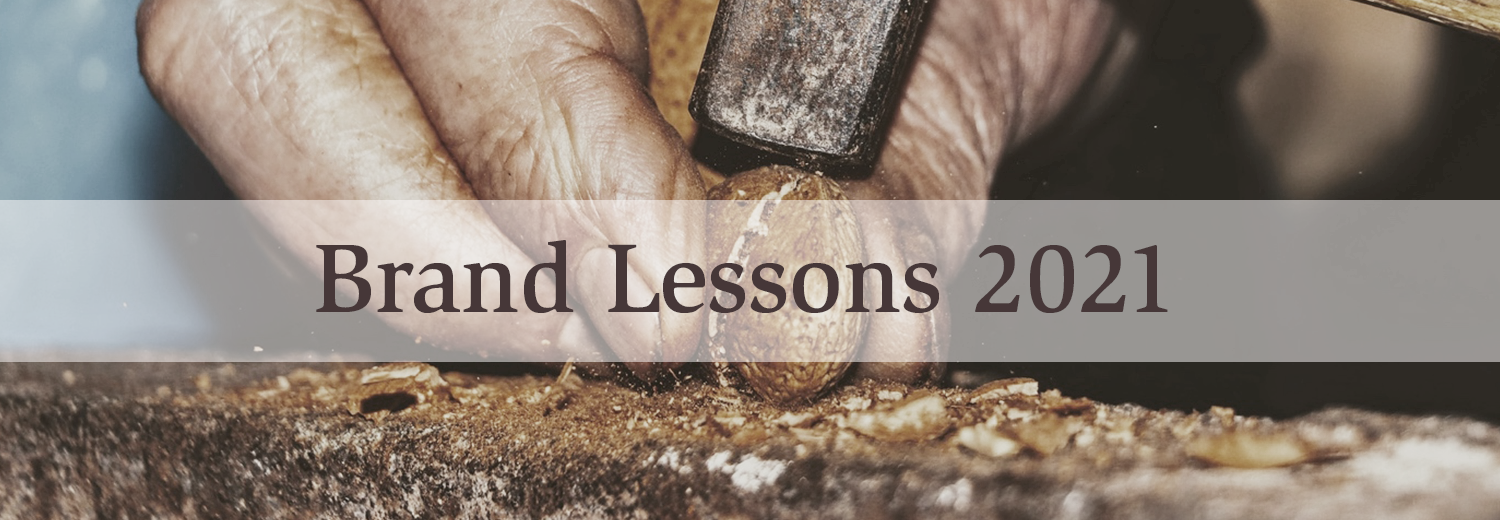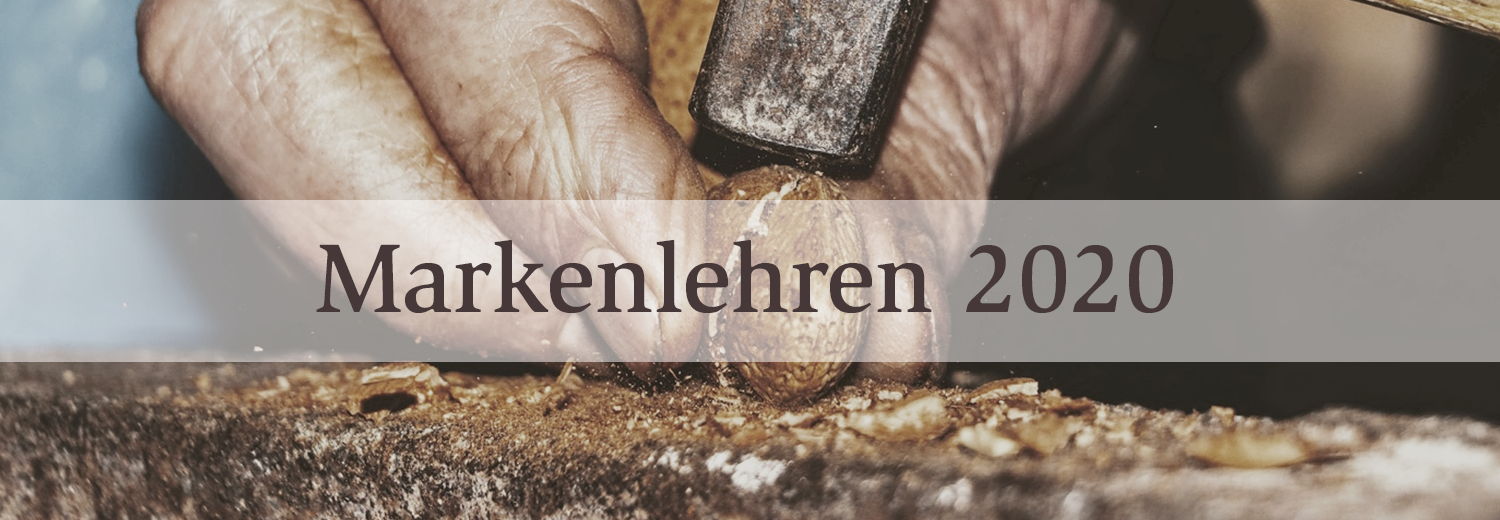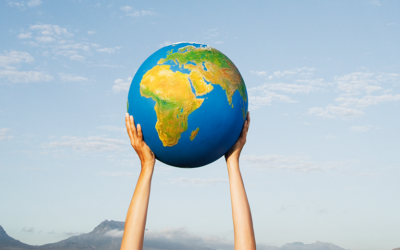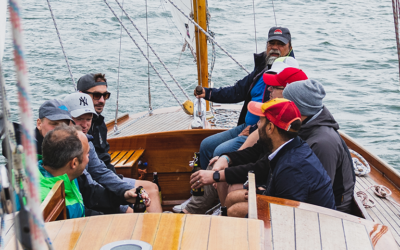The 5 distinctive Brand Lessons of 2021

What remains of this year from a brand perspective?
The strongest brand is within yourself. Therefore, our conclusion in 2021 remains the same as in 2020:
Discover your Identity. Feel the Attraction.
Credits:
https://olaf-scholz.spd.de/ ©Maximilian König
https://biontech.de/
Photo by Roman Martyniuk on Unsplash
https://tonyschocolonely.com/
Photo by William Krause on Unsplash
Zu den 7 unverwechselbaren Markenlehren des Jahres 2020

Immerse yourself in Personal Branding

MarkenPraxis Blog
Combining several cultures in one Brand Identity
Developing and establishing a unifying DNA is a complex challenge, especially in globally active organizations. In this article, we show how different cultures can be brought together under one brand, by using the example of our client hep.
How we fight climate change with re-signing and clear sustainability positioning
How can we create conscientious innovation that helps slow down climate change? This was the question Christopher Spall discussed with Medinge Group during Innovation Week in Oslo.
ID Summer Camp: How trailblazing ideas and solidarity grow in nature
Growing companies need a shared identity as a clear compass. That’s why we and our long-term client EIZO Technologies went to our ID Summer Camp on Ammersee for three days.








